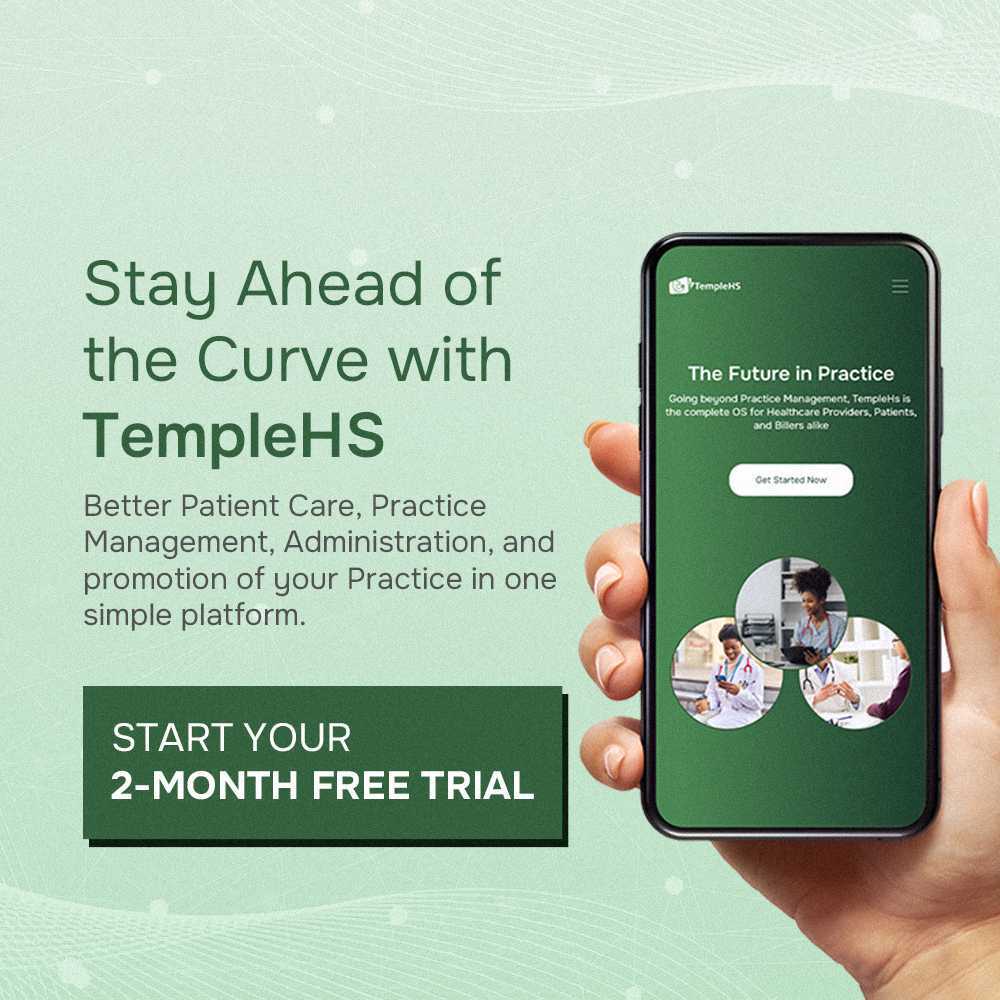Attracting new patients is crucial for the growth and sustainability of any medical practice. With increasing competition and a more informed patient population, healthcare providers must adopt effective strategies to expand their clientele. Patients today have more choices than ever before, and they often seek out practices that offer convenience, a strong reputation, and a positive overall experience. To remain competitive, it’s essential to understand the key elements that influence patient decisions and to implement methods that align with their expectations.
This post will explore practical strategies to successfully grow your patient base and ensure the long-term success of your practice.
Strategies for Expanding Your Practice’s Clientele
1. Understand Your Target Demographic
The first step in expanding your patient base is understanding who your potential patients are. This involves analyzing demographic data to identify the specific needs and preferences of the communities you serve. By segmenting your target audience based on factors such as age, gender, socioeconomic status, and health conditions, you can tailor your marketing efforts more effectively. For instance, a pediatric clinic might focus on young families, while a cardiology practice might target older adults with heart conditions.
2. Enhance Online Presence
Patients often turn to the internet when searching for healthcare providers, making it crucial for your practice to be easily discoverable online. Start by ensuring that your website is user-friendly, informative, and optimized for search engines (SEO).
Your website should include key details such as services offered, provider credentials, contact information, and patient testimonials. Regularly updating your website with blog posts, news, or educational content can also boost your search engine rankings and establish your practice as a trusted source of information.
Social media is another powerful tool for patient recruitment. Platforms like Facebook, Instagram, and LinkedIn allow you to engage directly with potential patients, share updates about your practice, and promote health-related content. Running targeted social media ads can further amplify your reach, allowing you to connect with users who fit your ideal patient profile.
3. Leveraging Patient Reviews and Testimonials
Word-of-mouth remains one of the most effective forms of marketing in healthcare. Satisfied patients are likely to share their positive experiences with friends and family, leading to referrals. Encourage your current patients to leave reviews on platforms such as Google My Business, Yelp, and health-focused sites like Healthgrades. Positive reviews not only enhance your practice’s credibility but also improve your online visibility.
To facilitate this, you can implement a follow-up system where patients receive an email or text message after their appointment, asking them to share their feedback. Make it easy for them to leave a review by providing direct links to your profile on review sites. Additionally, showcasing patient testimonials on your website and social media pages can help build trust with potential patients.
4. Collaborating with Other Healthcare Providers
Building relationships with other healthcare providers in your community can be an excellent way to expand your patient base. Establish referral networks with specialists, primary care physicians, and other practitioners who might refer patients to you for specialized care. This not only increases the number of patients referred to your practice but also enhances your reputation within the medical community.
For example, if you’re an orthopedic surgeon, collaborating with local physical therapists and general practitioners can lead to a steady stream of patients in need of surgical consultations. Regular communication with your referral partners and keeping them informed about your services and any new developments in your practice can strengthen these relationships.
5. Participating in Community Events
Active participation in community events and health fairs can significantly boost your practice’s visibility and credibility. By offering free health screenings, educational workshops, or informational booths at local events, you can introduce your practice to a broader audience. This not only positions your practice as a community-focused provider but also allows potential patients to interact with you in a non-clinical setting.
Sponsoring or organizing community events related to health and wellness can also be an effective strategy. For instance, hosting a “Walk for Wellness” event or partnering with local schools to provide health education sessions can increase your practice’s exposure and demonstrate your commitment to the community’s well-being.
6. Utilizing Patient Education as a Marketing Tool
Educating your patients and the wider community about health issues can serve as a powerful marketing tool. By providing valuable information through workshops, webinars, or printed materials, you can position your practice as a thought leader in your field. Topics could range from managing chronic conditions to preventive health tips, depending on your specialty.
Also, educational content can be shared on your website, social media platforms, and through email newsletters. This not only attracts potential patients but also engages your current patient base, encouraging loyalty and repeat visits. Offering free or low-cost educational sessions can also create opportunities for potential patients to visit your practice and become familiar with your services.
7. Optimizing Appointment Scheduling
Ease of access is a critical factor for patient satisfaction and retention. Implementing an efficient appointment scheduling system can help attract and retain patients. Consider offering online booking options that allow patients to schedule appointments at their convenience, including after-hours and weekend slots. Additionally, a system that sends automatic reminders via text or email can reduce no-show rates and improve patient adherence to appointments.
If your practice offers telehealth services, make sure that these options are well-publicized and easy to access. Telehealth can be particularly appealing to patients with mobility issues or those who live in remote areas, making your services more accessible to a broader population.
8. Engaging in Targeted Marketing Campaigns
Running targeted marketing campaigns can be a highly effective way to attract new patients. These campaigns can be tailored to specific demographics or health concerns, depending on your practice’s focus. For instance, a dermatology practice might run a campaign targeting individuals concerned about skin cancer, while a pediatric practice might focus on new parents.
Traditional marketing methods, such as direct mail and local newspaper ads, can still be effective, especially when combined with digital strategies like pay-per-click advertising and email marketing. Analyzing the results of these campaigns can help you refine your approach and allocate your marketing budget more effectively.
Conclusion
Expanding your patient base is a multifaceted effort that requires attention to both the quality of care you provide and the methods you use to reach potential patients. By focusing on strategies that enhance visibility, foster trust, and improve patient experience, your practice can attract a steady stream of new clients. Building these relationships is key to increasing your patient numbers and ensuring that your practice thrives in the years to come.



